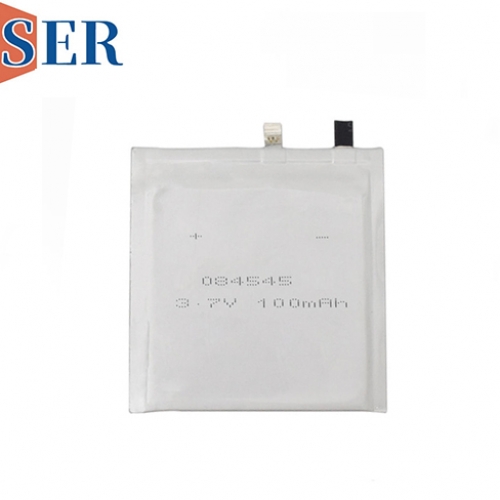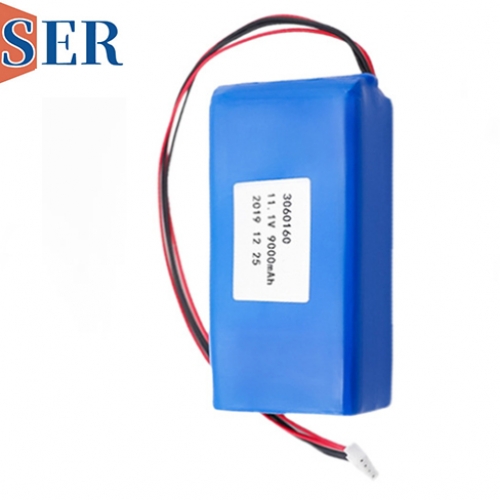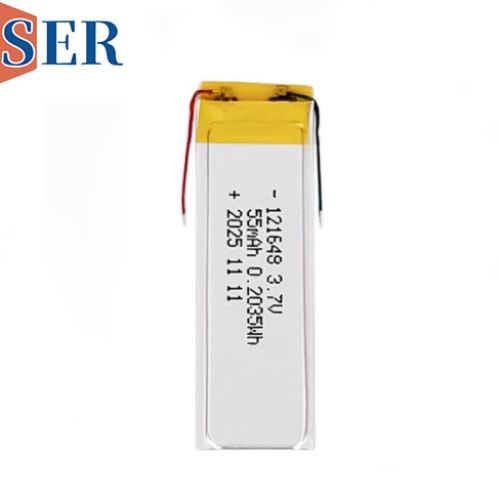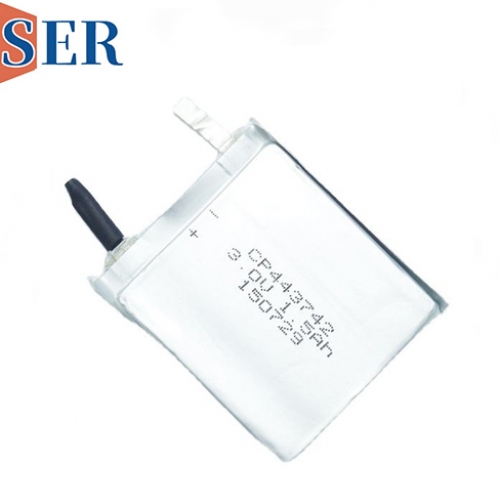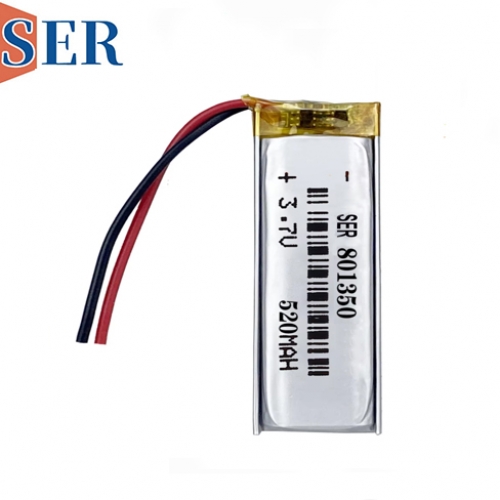Small thin 3V primary battery for Advanced Location Tracking and Device Configuration
Small thin 3V primary battery for Advanced Location Tracking and Device Configuration
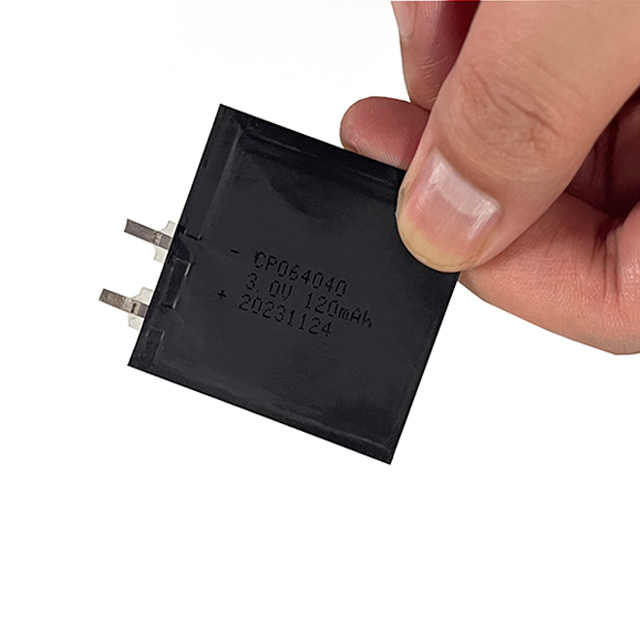
Abstract
In the ever-evolving landscape of IoT (Internet of Things) and smart device applications, the demand for efficient, reliable, and long-lasting power sources has never been greater. This article delves into the advancements in battery technology specifically tailored for location tracking systems such as Angle of Arrival (AoA) tags and antenna arrays, as well as mobile applications for device profile configuration and asset tracking. We explore the features and benefits of small, thin 3V primary batteries designed for AoA tags and antenna arrays, and the ultra-thin, long-life LiMNO₂ batteries optimized for mobile applications.
1. Introduction
The proliferation of smart devices and IoT applications has necessitated the development of specialized battery technologies that can meet the unique demands of these systems. Location tracking technologies, such as AoA, rely on precise and reliable power sources to ensure accurate and continuous operation. Similarly, mobile applications used for device profile configuration and asset tracking require batteries that offer a balance of energy density, longevity, and form factor.
2. Small Battery Thin 3V Primary Battery for AoA Tag and Antenna Array
2.1 Overview
The Angle of Arrival (AoA) technology is a cornerstone in modern location tracking systems, enabling precise indoor and outdoor positioning. To support the operational requirements of AoA tags and antenna arrays, a specialized small, thin 3V primary battery has been developed. This battery is engineered to provide a stable power supply while maintaining a compact form factor, crucial for integration into space-constrained devices.
2.2 Key Features
Compact Design: The battery's slim profile allows for easy integration into AoA tags and antenna arrays without adding significant bulk, making it ideal for applications where size and weight are critical factors.
High Energy Density: Despite its small size, the battery offers a high energy density, ensuring prolonged operation on a single charge. This is particularly important for AoA systems that require continuous monitoring and data transmission.
Stable Voltage Output: The 3V output provides a consistent power supply, essential for maintaining the accuracy and reliability of AoA measurements. Fluctuations in voltage can lead to inaccuracies in location tracking, making stable power delivery a key requirement.
Long Shelf Life: The primary battery technology ensures a long shelf life, allowing for extended storage periods without significant loss of capacity. This is beneficial for manufacturers and users who may need to stockpile batteries for future use.
2.3 Applications
Indoor Positioning Systems: AoA tags equipped with these batteries are used in indoor positioning systems to track the location of assets and personnel within buildings, warehouses, and other enclosed spaces.
Asset Tracking: In logistics and supply chain management, AoA antenna arrays are deployed to monitor the movement and location of goods in real-time, enhancing operational efficiency and reducing losses.
Smart Cities: The compact and reliable power source makes these batteries suitable for smart city applications, such as traffic management and public safety, where accurate location data is crucial.
3. Ultra-Thin Long-Life LiMNO₂ Battery for Mobile Applications
3.1 Overview
For mobile applications involved in device profile configuration and asset tracking, an ultra-thin, long-life LiMNO₂ battery has been developed. This battery combines the benefits of lithium manganese dioxide (LiMNO₂) chemistry with advanced design features to deliver exceptional performance in a compact package.
3.2 Key Features
Ultra-Thin Form Factor: The battery's slim design allows for seamless integration into mobile devices, such as tablets, smartphones, and handheld scanners, without compromising on functionality or portability.
High Energy Density and Longevity: LiMNO₂ chemistry offers a high energy density, enabling the battery to provide extended runtime on a single charge. This is particularly important for mobile applications that require continuous operation throughout the day.
Wide Operating Temperature Range: The battery is designed to operate efficiently across a wide range of temperatures, making it suitable for use in diverse environmental conditions, from cold storage facilities to hot industrial settings.
Safety and Reliability: LiMNO₂ batteries are known for their safety and reliability, with built-in protection mechanisms to prevent overcharging, over-discharging, and short circuits. This ensures the longevity of the battery and the safety of the user.
3.3 Applications
Device Profile Configuration: Mobile devices used for configuring and managing IoT devices and sensors rely on these batteries to provide reliable power during setup and maintenance tasks.
Asset Tracking in the Field: Handheld scanners and tablets equipped with these batteries are used by field technicians and logistics personnel to track and manage assets in real-time, improving operational efficiency and reducing errors.
Healthcare and Medical Devices: In healthcare settings, ultra-thin LiMNO₂ batteries power portable medical devices and monitoring systems, enabling continuous patient care and data collection.
4. Advancements in ultra thin battery Technology for IoT and Smart Devices
4.1 Energy Harvesting Integration
To further enhance the longevity and sustainability of battery-powered devices, researchers are exploring the integration of energy harvesting technologies. These technologies, such as solar cells, kinetic energy harvesters, and RFID energy harvesting, can supplement or even replace traditional batteries in certain applications, reducing the need for frequent battery replacements and minimizing environmental impact.
4.2 Smart Battery Management Systems
Advanced battery management systems (BMS) are being developed to optimize battery performance and extend battery life. These systems monitor battery status in real-time, adjust charging and discharging rates to prevent damage, and provide users with accurate information about battery health and remaining capacity. Smart BMS can also enable predictive maintenance, alerting users to potential battery issues before they lead to system failures.
4.3 Sustainable Materials and Manufacturing Processes
The demand for sustainable and environmentally friendly battery technologies is driving innovations in materials science and manufacturing processes. Researchers are exploring the use of recyclable materials, reducing the reliance on rare and expensive metals, and developing more efficient and less polluting manufacturing methods. These efforts aim to minimize the environmental footprint of battery production and disposal while maintaining or improving battery performance.
5. Conclusion
The advancements in battery technology for location tracking systems and mobile applications have revolutionized the capabilities of IoT and smart devices. The small, thin 3V primary battery for AoA tags and antenna arrays, and the ultra-thin, long-life LiMNO₂ battery for mobile applications, represent significant milestones in the quest for efficient, reliable, and sustainable power sources. As these technologies continue to evolve, we can expect to see even more innovative solutions that enable the widespread adoption of IoT and smart device applications across various industries.
In the future, the integration of energy harvesting technologies, smart battery management systems, and sustainable materials and manufacturing processes will further enhance the performance, longevity, and environmental friendliness of battery-powered devices. These advancements will not only improve the user experience but also contribute to a more sustainable and connected world.

